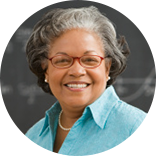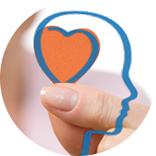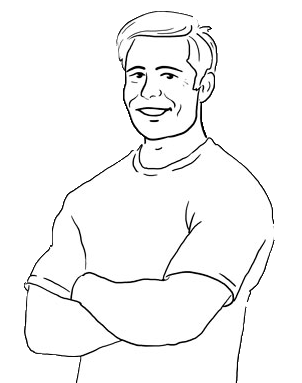The Human Heart 101
The human heart is actually two separate pumps: a right pump that moves blood through the lungs; and a left pump that provides blood flow through the other organs and tissues of the body.
Each of these pumps contains two chambers—an atrium and a ventricle. Each atrium is a primer pump for each ventricle that pumps blood into the ventricle. The ventricles then supply the main pumping force that propels blood either through the lungs or throughout the body.
The cardiac events that take place from the beginning of one heartbeat to the beginning of the next are called the cardiac cycle. The cardiac cycle begins with a period of relaxation of the heart muscle called diastole, during which the heart fills with blood. This is followed by a period of contraction called systole. The duration of a cardiac cycle includes systole and diastole, which is the reciprocal of the heart rate. Your physician measures your heart rate in beats per minute.




